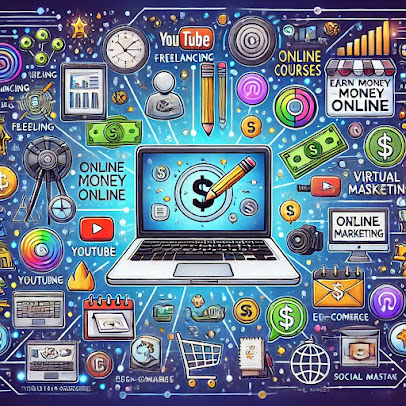User Acceptance Testing (UAT) is the final phase of the software testing lifecycle, where actual users test the software in real-world scenarios to validate its functionality and ensure it meets business requirements. UAT focuses on identifying whether the software aligns with the organization’s goals, user expectations, and operational workflows. By engaging end-users during this stage, businesses can ensure a seamless transition from development to deployment, reducing risks and maximizing satisfaction.
What is UAT and Its Importance? 📘
UAT is the process of verifying that a software system
satisfies the needs of its intended users. It plays a vital role in customizing
software for specific industries by aligning it with unique operational
requirements. For example, a retail organization might perform UAT to confirm
that a point-of-sale system integrates seamlessly with inventory management and
accounting tools. The importance of UAT lies in its ability to:
- Validate
software functionality and usability.
- Minimize
risks of costly post-deployment issues.
- Ensure
the software meets both technical and business objectives.
By emphasizing real-world testing, UAT helps deliver solutions
that are practical, efficient, and aligned with end-user expectations.
1. Real-World Validation 🌍
UAT focuses on real-world scenarios to ensure the software
performs as expected in actual use cases. End-users test the application
against predefined scenarios, uncovering issues that might have been overlooked
during earlier testing phases. For example, a retail company might use UAT to
confirm that their new e-commerce platform handles peak traffic and seamless
checkout. This validation ensures the software is not just functional but also
practical for daily operations.
Key Benefits:
- Identifies
issues specific to real-world use.
- Ensures
alignment with business processes.
- Builds
user confidence in the software.
Hashtags: #RealWorldTesting #UATValidation
#UserNeeds
2. Alignment with Business Goals 🎯
UAT ensures that the software aligns with the organization’s
goals and objectives. Business analysts and stakeholders review whether the
product delivers the expected value. For example, a financial institution
performing UAT on a loan approval system would check for compliance with
regulations and alignment with operational workflows. This step helps verify
that the software contributes effectively to business outcomes.
Key Benefits:
- Confirms
compliance with business objectives.
- Validates
functionality against business needs.
- Enhances
stakeholder confidence in the product.
Hashtags: #BusinessAlignment
#SoftwareTesting #UATGoals
3. Early Issue Detection 🚨
UAT plays a vital role in identifying defects and
inconsistencies before software goes live. By catching issues during this
phase, organizations can save significant costs associated with post-deployment
fixes. For instance, a logistics company conducting UAT might discover routing
errors that would otherwise disrupt operations. Early detection reduces
downtime and enhances user satisfaction.
Key Benefits:
- Identifies
critical defects pre-launch.
- Saves
costs on post-deployment fixes.
- Prevents
disruptions in business operations.
Hashtags: #DefectDetection #PreLaunchTesting #CostSavings
4. Enhancing User Experience (UX) 😊
UAT allows users to provide feedback on the software’s
usability and design, ensuring a positive user experience. By incorporating
this feedback, companies can fine-tune the interface and workflows to match
user expectations. For example, during UAT for a mobile app, users might
suggest simplifying navigation to improve ease of use. This process results in
a product that is both functional and user-friendly.
Key Benefits:
- Improves
software usability.
- Incorporates
end-user feedback.
- Increases
user satisfaction and adoption rates.
Hashtags: #UserExperience #UATFeedback
#BetterSoftware
5. Gaining Stakeholder Approval ✅
The ultimate goal of UAT is to secure stakeholder approval for
software deployment. This sign-off ensures all requirements are met and the
product is ready for release. By involving stakeholders in testing,
organizations foster trust and ensure everyone is aligned on the final
deliverable. For instance, in a healthcare project, UAT might involve testing a
patient management system with doctors and administrators to confirm readiness.
Key Benefits:
- Provides
final validation for deployment.
- Ensures
alignment among all stakeholders.
- Builds
trust in the software’s reliability.
Hashtags: #StakeholderApproval #UATSuccess
#DeploymentReady
User Acceptance Testing is the cornerstone of delivering
successful software. It bridges the gap between development and real-world use,
ensuring the product aligns with business objectives, meets user needs, and is
free of critical defects. Investing time in UAT not only saves costs but also
enhances user satisfaction and adoption, making it an indispensable step in
software development.
Hashtags: #UATProcess #SoftwareTesting
#BusinessSuccess


